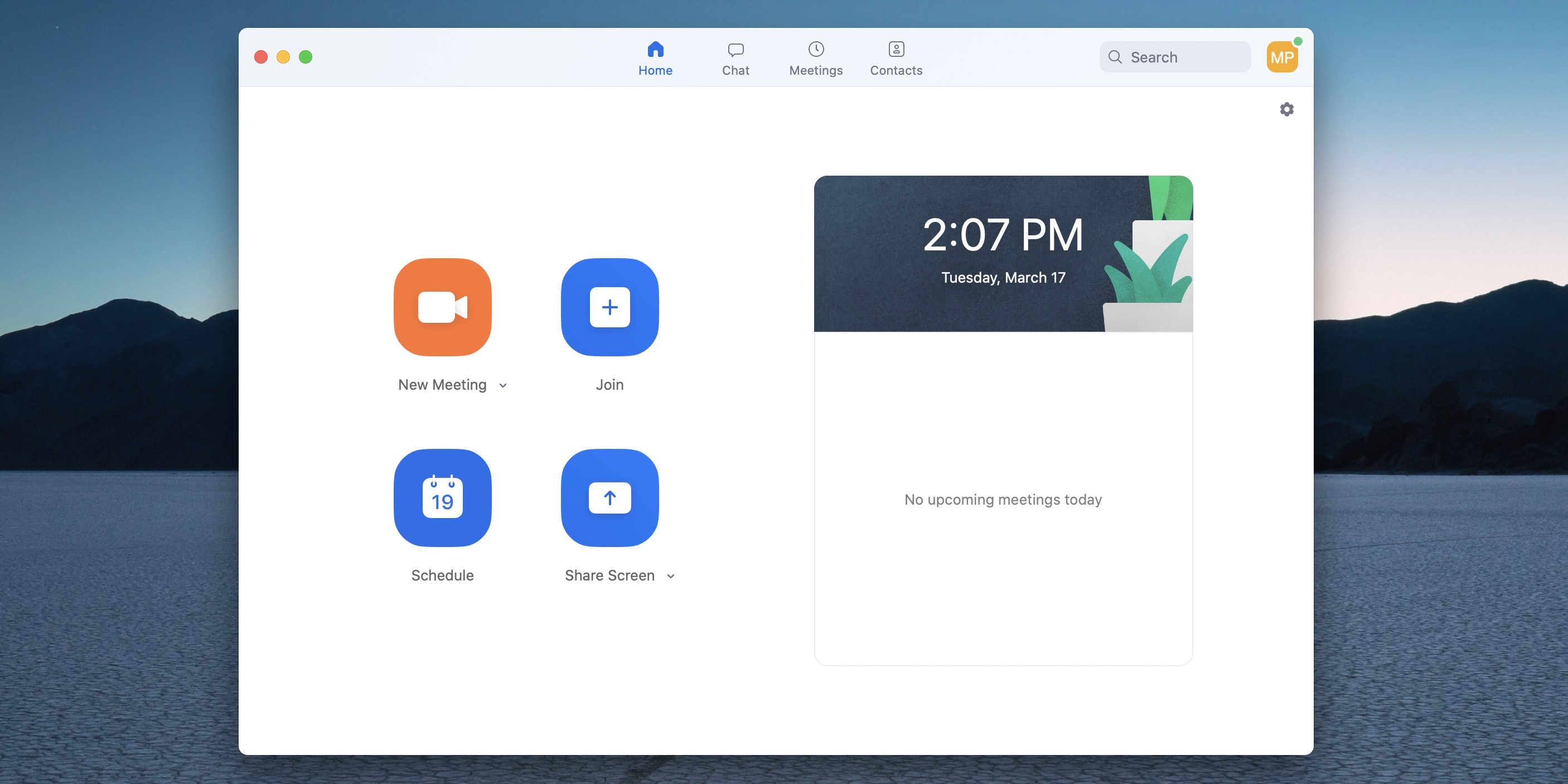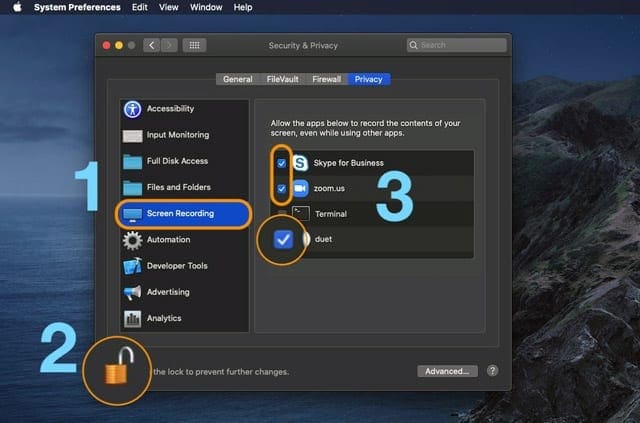

Generally, I avoid these buttons since using shortcuts is so much faster. Last but not least, you can always zoom in or out with the buttons in the user interface. They are listed in the Keyboard Shortcuts window above but don’t have any effect.
#HOW TO ZOOM OUT MAC DISPLAY WINDOWS#
In a confusing twist, there are a corresponding set of shortcuts – Shift + 2, Shift + 3, and so on – that should zoom out to 50%, 25%, and smaller, but they don’t work for me on Windows or macOS. Or on your watch, go to: Home screen (via a single press of. GIMP has a few quick pre-programmed zoom levels that can easily be reached using the numbers 1-5 on your keyboard or number pad: With Zoom (an accessibility feature) enabled on your Apple Watch, double-tapping the screen with two fingers activates and deactivates a magnified view on the display: To disable Zoom: On your iPhone, in the Watch app, go to: My Watch (tab) > General > Accessibility > Zoom - turn off. Using a level like 33% or 182% can cause your pixels to look strange as the screen decides which pixels to keep and which to discard while displaying your image. Two great zoom presets include the ` button (also the ~, beside the number 1, above Tab) which allows you to switch rapidly between your last two zoom levels, and Shift + Ctrl + J which zooms your image to fit your current image workspace.īecause pixels are square, it usually works best to stick to an even zoom level like 25%, 50%, or 200%. I felt silly the first time I realized why it wasn’t working as expected for me! Zoom Presets If you don’t have a keypad, you can use the + and – keys next to your numbers row, but you’ll have to actually hold Shift while you zoom in or GIMP will read it as an = instead of a + and just sit there like a lump. Zoom in using the + key on your keypad, and zoom out using the – key right beside it. If you don’t want to use your mouse for zooming at all (or if your mouse wheel is broken or nonexistent), there are a lot of keyboard-only shortcuts for zooming. You can also click your mouse wheel and drag to get accurate positioning while zoomed. If you want to get extra fancy, you can hold down Alt instead of Ctrl to scroll up and down with the mouse wheel or hold down Shift to scroll left to right through your image with the mouse wheel. Spinning up zooms in, and spinning down zooms out!

To zoom in or zoom out in GIMP, hold down the Ctrl key and spin your mouse wheel. The fastest shortcut is usually the one closest to your hand, so a keyboard and mouse combo shortcut is perfect for GIMP image editing. Zoom In and Out with Your Keyboard and Mouse In “Fullscreen” mode, you can set the maximum and minimum zoom, as well as determine whether the zoomed-in screen moves as you move the cursor.It seems like there are some duplicate entries, but it’s not immediately clear what the ‘accel’ tag means on these shortcut names. For example, in “Picture-in-picture” mode, you can set the degree of magnification, choose whether the magnification frame follows your mouse or stays put, or have your Mac speak aloud any magnified words after a short delay. Last but not least, you can customize almost every aspect of how zooming behaves by clicking the “More Options” button.To do so, click the menu labeled “Zoom Style” and choose “Picture-in-picture.” Besides zooming the entire display, you can also turn the cursor into a magnifying glass.(Choose which key you want to use from the pull-down menu.) Check the box marked “Use scroll gesture with modifier keys to zoom,” then scroll on the trackpad while pressing one of three keys: CONTROL, OPTION, or COMMAND. You can also use the trackpad to zoom the screen.To turn zooming off, press COMMAND + OPTION + 8 again. To zoom in, press COMMAND + OPTION + “=” (equal sign), or zoom out by pressing COMMAND + OPTION + “-” (minus sign).

Want to use the keyboard to zoom your screen? Click “Use keyboard shortcuts to zoom,” then start zooming by pressing COMMAND + OPTION + 8.

On the next screen, click “Zoom” in the left column to see all your zoom options-and yes, there are a bunch.Click the Apple menu in the top-left corner of the screen, select System Preferences, then click the Accessibility icon.


 0 kommentar(er)
0 kommentar(er)
